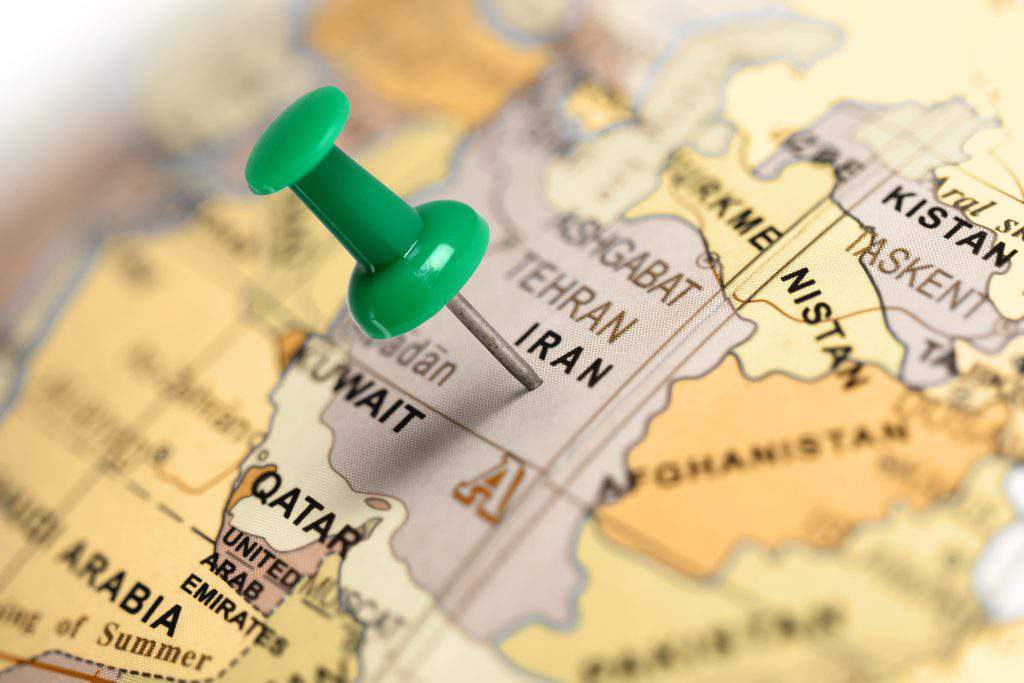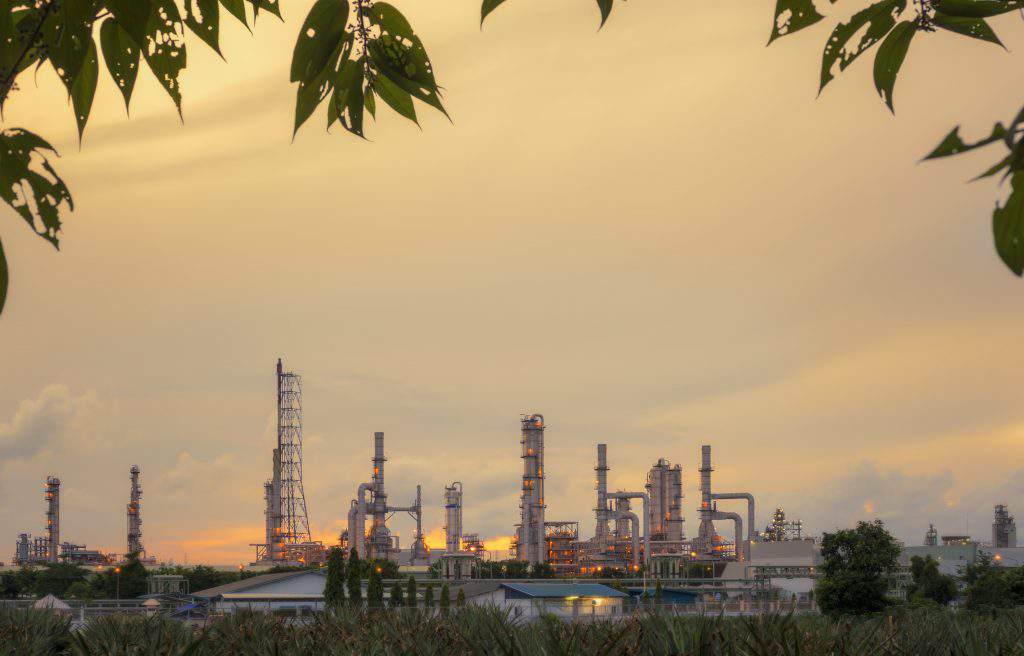The key players in the global gas market are facing the need for a serious review of medium-term and potentially also long-term plans connected to EU energy security, which are based on the possibility of creating a situation at least partly managed from Brussels, of competition between Russia, the US, and Iran for the right to dominate the European market; this market will remain the most lucrative for a long time yet, despite gradually losing its dominance in volume. Significant doubts are starting to arise about the Europeans’ ability to maintain even their existing level of relations with Iran, given the harshening American approach to sanctions policy in relation to Tehran and the ambiguous situation with the formation of a payment system for trade with the country.
US sanctions policy against Iran and the associated unwillingness of European companies to work in Iran has substantially complicated Tehran’s plans to implement the modernization of its oil and gas industry using funds obtained from trade in hydrocarbons with EU countries. An indicator of the investment crisis in Iranian oil and gas production is the almost complete freezing of projects to produce LNG, which have virtually come to a halt in the country. This is the background against which Tehran is studying the possibility of increasing gas supplies via the existing infrastructure to Azerbaijan, Armenia, Iraq, and Turkey and is prepared to offer substantial reductions to its regional neighbours.
The sense of Tehran’s actions is easily made out: it needs to win time in order to achieve a strategic re-orientation of Iran’s oil, and in particular its gas exports towards the more commercially favourable and politically secure Asia, without falling into a situation of complete isolation in the area of hydrocarbon trade. One can assume with some certainty that for Tehran, the move towards the new markets of the Far East and South Asia is becoming strategic in nature.
But this U-turn in Iranian gas policy towards the East will of course be far from simple and will provoke opposition from a substantial part of Iran’s political, and to an extent its military elite, which is focused on developing relations with the EU. If even the initial phases of this development are implemented, it will create significant investment and technological inertia, which would make returning to the previous path of development extremely difficult. This is especially the case given that Iran’s reorientation towards the East with gas will be bound up with Tehran’s political obligations and relations with neighbouring countries.
On the other hand, American sanctions are forcing Tehran to oppose the implementation of plans to build the Trans-Caspian Gas Pipeline (TGP), which is changing from a competitive project into one that could dash Iran’s hopes for an increased presence on the European gas market, even if this is a goal for the long term, after some sort of compromise with the US – which for now looks very unlikely. In these conditions, Tehran may well even use political opportunities to at least stall the project, although it seems there will be quite enough political chances for Iran to take part in the activities of the “Caspian Troika,” especially since the situation around the TGP even at the current, preliminary stage looks more than ambiguous.

Firstly, questions are already arising about the cost of the project, which was originally set at not more than $6 billion, which would have been perfectly manageable for European investors and for Iran, should sanctions be lifted. However, by December 2017, the cost was already being put at € 7.9 billion, which was more than one and a half times greater. And this does not take into account the increased measures of environmental protection that were brought about by the Convention on the Legal Status of the Caspian Sea, which was signed on 12 August 2018. This reveals that despite discussions over many years, the project was very badly miscalculated from a financial and investment point of view, in terms of both initial investment and profitability. But since the project is in itself highly risky, it can only obtain such funds if it attracts European credit, guaranteed by the European Commission.

Secondly, the specified transit volume of 30 billion cubic metres (bcm) is clearly not enough to create a significant counterweight to Iranian and Russian gas in Europe. However, the very fact of such a gas pipeline appearing is enough not just to complicate relations with Iran and to a degree with Russia, but to renew distrust and mutual tension in the Caspian Sea. Tehran, Baku and Astana probably all recognize this well.
Therefore, one cannot talk about these countries having some obvious interest in putting pressure on Tehran in order to change its position on the TGP, especially considering the relatively complex position of Iran in relations with the US. Azerbaijan, which could in the right conditions be a central link for implementing the TGP project, is driven by the fact that the country will not have the necessary infrastructure and resource base for supplying large volumes of Turkmen gas to Turkey and on into to Europe without additional and very significant investment. Baku must fully realize the potential of involvement in the Southern Gas Corridor, fully covering its financial obligations, but without creating tensions with the main suppliers of gas to the EU. Azerbaijan has extremely scant options for supplying gas in other directions and must behave extremely carefully within the market. To all intents and purposes, TGP is currently a Turkmen project, which undoubtedly will not help form a wide consensus around the project among the regional powers. For now, it looks unlikely that the TGP project could gain additional volumes of gas, despite Ashgabat’s periodic announcements about contacts with other regional gas producers.

Finally, the increasingly manipulative nature of Turkmen policy on the gas question is impossible to ignore. Virtually all experts link discussions on the construction of the TGP between Ashgabat and Brussels last year with attempts by Ashgabat to obtain acceptable terms from Moscow for the resumption of purchases of Turkmen gas from 1 January this year. The absence of visible shifts in Moscow’s position reveals its low level of trust in Ashgabat and also the fact that it judges Ashgabat’s room for manoeuvre to be relatively low. Given the complex economic situation in the country, is also important for the Turkmen leadership to try to give China, its main gas partner and creditor, the impression that it has alternative routes for the sale of gas, thereby bringing additional pressure to bear on Chinese companies with the aim of easing the financial conditions of collaboration. Even experts and market operators who assess gas projects in terms of geopolitics and opposing Russia regard Ashgabat as an extremely unreliable and internally unstable partner. Moreover, considering the social and political dynamics in Turkmenistan, the stability of the Ashgabat regime will play an ever-greater role in assessing the risks of gas projects. In these circumstances, counting on Turkmen gas alone would be extremely unsafe.
The emerging situation means that on operational and strategic planning levels the EU will very soon have to make a principled choice between developing cooperation with Iran and attempting to develop a system for interacting with it economically that bypasses American sanctions, and trying to push through a project that is in essence an alternative to gas projects with Iran. This will be a significant and long-term political choice for the EU, which will have substantial consequences beyond the realm of gas supplies to the European market. It is about substantially more important strategic aspects of relations between Iran and Europe, which could have long-lasting geo-economic consequences.

